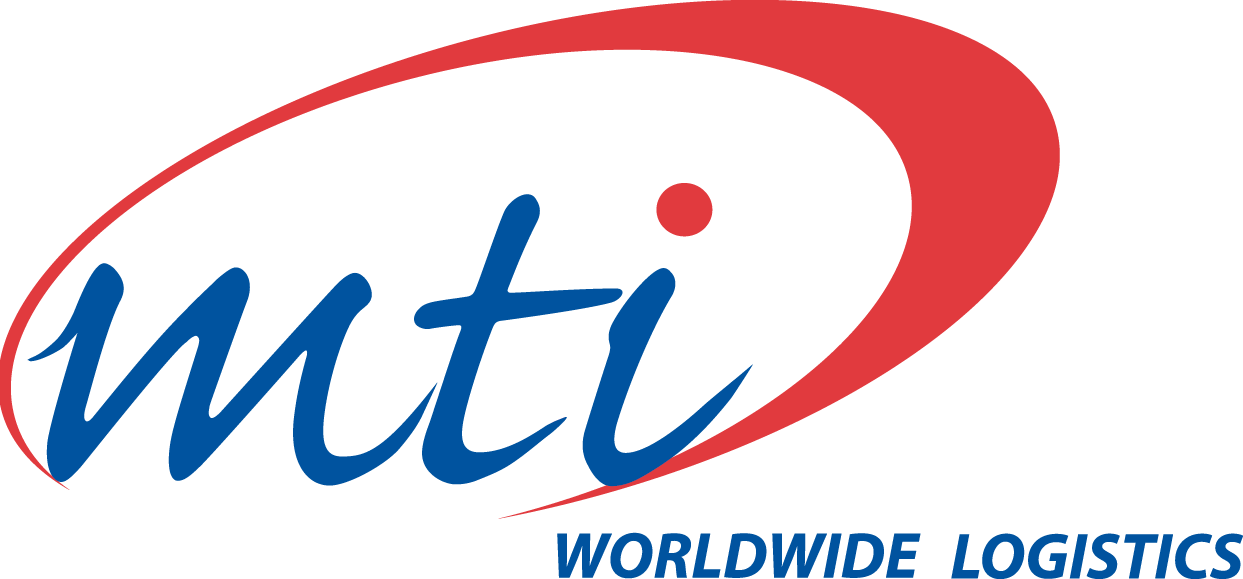The United States International Trade Commission (USITC) today determined that a U.S. industry is not materially injured or threatened with material injury by reason of imports of emulsion styrene-butadiene rubber from Czechia and Russia that the U.S. Department of Commerce (Commerce) has determined are sold in the United States at less than fair value.
Chairman David S. Johanson and Commissioners Rhonda K. Schmidtlein, Jason E. Kearns, and Amy A. Karpel voted in the negative. Commissioner Randolph J. Stayin did not participate.
As a result of the Commission’s negative determinations, no antidumping duties will be imposed on imports from Czechia and Russia.
The Commission’s public report Emulsion Styrene-Butadiene Rubber from Czechia and Russia (Inv. Nos. 731-TA-1575 and 731-TA-1577 (Final), USITC Publication 5392, December 2022) will contain the views of the Commission and information developed during the investigation.
The report will be available by January 24, 2023; when available, it may be accessed on the USITC website at: http://pubapps.usitc.gov/applications/publogs/qry_publication_loglist.asp.
UNITED STATES INTERNATIONAL TRADE COMMISSION
Washington, DC 20436
FACTUAL HIGHLIGHTS
Emulsion Styrene-Butadiene Rubber (ESBR) from Czechia and Russia
Investigation Nos: 731-TA-1575 and 731-TA-1577 (Final)
Product Description: Emulsion styrene-butadiene ("ESBR") elastomers are large volume synthetic rubber copolymer derivatives of the petrochemical feedstocks styrene and butadiene produced by cold emulsion polymerization at 41-55 degrees Fahrenheit and typically compressed into salable rectangular bales of 80 pounds. ESBR can also be sold in granules, crumbs, pellets, powders, plates, sheets, and strip. Scope products resulting from the production process consist of the 1500 and 1700 series grades of ESBR synthetic rubber elastomers defined by the International Institute of Synthetic Rubber Producers (“IISRP”). The 1500 series products are light-colored solid grades of ESBR popularly sold for tire and other applications, while the 1700 series products are darker in color and contain petroleum extender oil designed for ease of processing in tire component compounding and other applications. Some 70 percent or more of ESBR is used in tire tread compound formulations designed for new passenger vehicle and light truck replacement tires and heavier truck tire retreads, where its superior durability and extended tire wear characteristics excel. ESBR is also employed in a large variety of other applications including conveyor belting, hoses, gaskets, wire and cable, mats, flooring, and footwear. Scope exclusions include IISRP carbon black master batch 1600 and 1800 series, high styrene resin master batch 1900 series, and latex intermediate products. Read More→
https://www.usitc.gov/press_room/news_release/2022/er1208ll2034.htm

